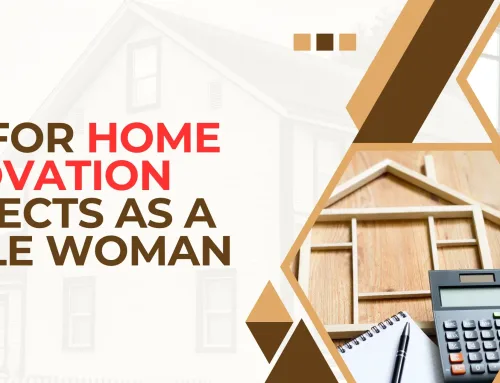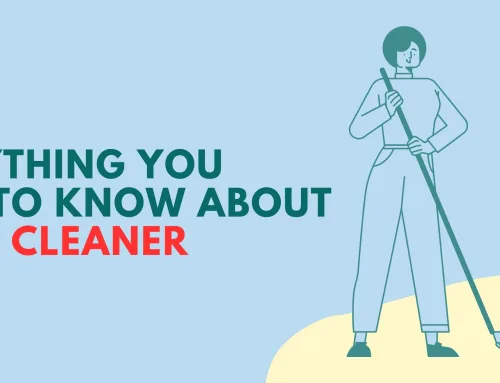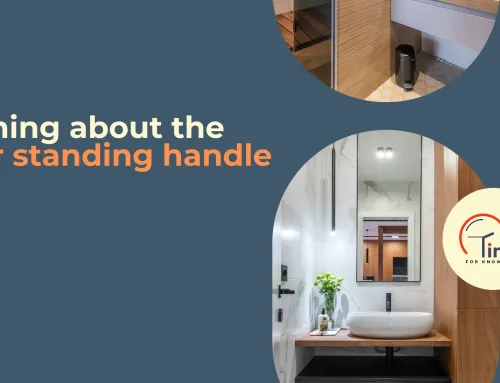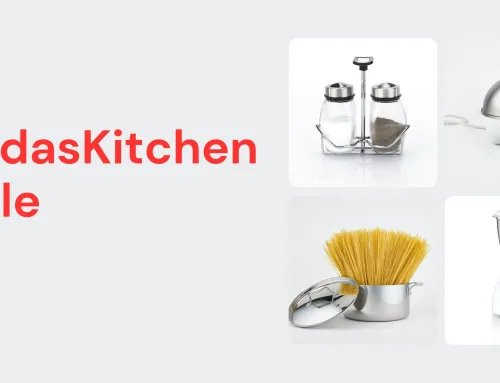You may be thinking about installing proper insulation in your home for the years to come or just considering upgrading your existing one.
When looking into modern insulation methods, there can be a variety of different options to go over and think about.
Among the most popular types of insulation is the threshold of spray foam insulation. Such has several benefits, but it also has some drawbacks.
In this blog post, we will discuss the superiorities and inferiorities of the said insulation technique so that you can decide if it is the right choice for your home or business.
What are the different kinds of Spray Foam?
It is critical to grasp the distinctions between the basic spray polyurethane foam kinds.
Open-cell polyurethane foam has a lower R-value and a less effective moisture barrier than closed-cell spray foam. This backs up how the foam cures throughout the drying process.
Foams of open-cell origins cure in a “semi-permeable” manner, which means that it allows for the passage of some moisture and air. Closed-cell, on the other hand, dries to an impermeable condition, allowing almost no air or wetness to pass through.
Superiority of Spray Polyurethane Foams
#1. Massive utility bill reductant for homes and properties
When you choose spray foam insulation as an option for your property, you may significantly reduce your temperature regulation costs.
If you place such in an uninsulated house or business, the initial cost savings are around 40-50%. When compared to alternative types of insulation, spray foam offers significant energy spares of about 25-30%.
Additionally, you may use this solution in conjunction with other forms of insulation to minimize negative airflow concerns that may occur via the sidewalls, flooring, or roof.
#2. Possesses more robust longevity than other methods
All types of foam insulation have an endless lifespan after application provided that homeowners maintain their structure properly.
You may enjoy the numerous benefits of such for years without having to care about an update or replacement. Additionally, this product requires less re-insulation following installation.
This means that, ultimately, there are several cost advantages of this method when considering this technology, even though the initial setup price is greater in some areas.
#3. Gives your home an impermeable, airtight seal
This insulation material quickly expands into the numerous gaps and holes found in tight spaces, attics, and sidewalls. These breaches are typically among the most costly issues that homeowners encounter, as they raise the home energy loss.
When compared to other types of insulation, this substance is about 20 times less porous to airflow, which implies that the house will stay regulated throughout the seasons. It may also be deployed practically anyplace to provide this benefit.
#4. Massive mold and mildew deterrent
Spray foam insulation is provided by a foam product made of a benign polymer. This implies that even if it does become wet, it will not pose as a food supply for fungus, mold, or germs.
Closed-cell goods are superior to open-cell ones in this regard, although both are superior to organic insulation materials. There are also lesser bug infestation difficulties with this insulating solution when compared to other choices today.
#5. This method can maintain its R-value over time
While there are certain considerations for faulty installation that may result in some installations failing to satisfy code, among the significant benefits of this technology is it wouldn’t lose its R-value as it ages. Open-cell goods have an elderly R-value of approximately 3.5-4 every inch, but closed-cell ones have a value of approximately 7 after it ages.
Potential Inferiorities of the technology
#1. Potential water damage enabler
When installers overlook cavities when applying this insulation solution, this increases the danger of water leakage during the structure’s life. When air enters different pockets, particularly those located in the attic, the pressure difference might induce water seepage through the structural flaws.
This method may result in premature deterioration of walls and ceilings. Because the homeowner has no way of knowing if there was a lack of oversight till the damage becomes visible, it might be difficult to recuperate their expenses from outside their warranty contract.
#2. Can miss out on some wall cavities
While spray foam insulation is a versatile option for increasing a home’s energy economy efficiency, this isn’t a magic bullet cure that solves all problems. There are instances when gaps occur in pillars, attic, or flooring that the spreading polyurethane does not reach.
When this problem arises, the home fails to regulate temperature properly, and you may hear more outside noises. Also, air leakage can develop as a result of missing cavities.
#3. Has potential health hazards along with the installation procedure
Numerous dangers linked with such a method are solely the installer’s responsibility. The term “polyurethanes” refers to many of the key constituents in this composition. When these chemical molecules come into touch with the respiratory organs, eyes, or stomach, they might be irritated.
If the foam comes into touch with your skin, some people may experience inflammation, blisters, and irritation. When dealing with this substance, one must use a mask, glasses, and mittens. Prolonged exposure might result in asthmatic episodes and chronic bronchitis.
#4. A heftier insulation choice
When contrasted to spray foam insulation, fiberglass materials are much less costly to create in most houses. If you put a fiberglass component in your house, you may anticipate paying around $.30 to $.40 every sq. foot for your perusal. If you go for closed-cell spray foams, you may expect to spend up to $1.80 for every board.
What is the grand scheme of things you must look into?
Before deciding on the insulation type to utilize in your residence, the following are some last points to consider regarding spray foams:
- Economic energy savings. Spray foams are believed to cut your home’s energy expenditures by up to 50%. That equates to significant annual savings, especially given the rapidly growing energy cost.
- Home value bump-up. According to preliminary data, spray foam contributes to the increased market value of properties, owing primarily to the item’s conservative energy consumption.
- ROI. Here’s intriguing information about the payout of foam installation in your household: Typically, the original investment pays for itself within two to four years. This implies that the method will pay for itself via energy bill reductions.
- Finally, speak with many different insulation specialists to obtain their professional judgment on the sort of insulation to use in your home.
One, in particular, is iFoam. They are a reputable company that is armed with the right expertise and skills for handling your home insulation escapade. With over ten years of experience in the industry, they know what it takes to get the job done right. Remember, they are one call away!
Bottomline
Making the best decision about spray foam insulation entails weighing the statistics and comprehending the pros and drawbacks.
Spend time researching the said matter to look over and decide for yourself. Such is a significant financial commitment because you should make the best choice possible for your residence. Finally, don’t waste time and get your home patched up today!






